“Understanding the process of a conforming loan refinance”
The process of a conforming loan refinances can be daunting and overwhelming, especially for first-time homeowners. However, refinancing can help you achieve a lower interest rate, reduce monthly payments, or get cash-out from the equity in your home. In this article, we’ll discuss the five key components of the refinancing process, including debt-to-income ratio (DTI), credit score, home equity, appraisal, and loan terms.
Debt-to-Income Ratio (DTI)
The first thing lenders consider when evaluating your application for a conforming loan refinance is your debt-to-income ratio (DTI). Your DTI is a comparison of your monthly debt payments to your monthly income. The lower your DTI, the better your chances of being approved for a refinancing.
Typically, lenders prefer borrowers with a DTI of 43% or lower. If your DTI is higher than this, you may still qualify for a refinance, but you may have to pay higher interest rates and closing costs.
To calculate your DTI, add up all your monthly debt payments, including credit card debt, car loans, student loans, and any other loans you may have. Then, divide that number by your monthly income.
Credit Score
Your credit score is another crucial factor in determining your eligibility for a conforming loan refinance. Your credit score shows how reliable you are when it comes to repaying your debts. A high credit score indicates that you are a low-risk borrower, while a low credit score suggests that you may have difficulty making payments on time.
A credit score of 620 or higher is generally required for a conforming loan refinance, although some lenders may accept lower scores. To improve your credit score, make sure you pay your bills on time, keep your credit card balances low, and don’t open too many new credit accounts at once.
Home Equity
Your home equity is the difference between the value of your home and the outstanding mortgage balance. It’s an essential factor when it comes to refinancing your conforming loan. The more equity you have in your home, the better your chances of qualifying for a refinance.
Typically, lenders require that you have at least 20% equity in your home to qualify for a refinance. If you don’t have that much equity, you may still be eligible for a refinance, but you may have to pay for private mortgage insurance (PMI).
Appraisal
An appraisal is an assessment of the value of your home. Lenders will require an appraisal to determine how much your home is worth, and how much they are willing to lend you. The appraisal process involves a licensed appraiser visiting your home and assessing its condition, size, location, and other factors.
The cost of an appraisal can vary, but it typically ranges from $300 to $500. The lender will usually cover the cost of the appraisal, but in some cases, you may have to pay for it.
Loan Terms
The final component of a conforming loan refinance is the loan terms. These include the interest rate, the repayment term, and any fees associated with the loan. When you refinance, you can choose a new loan term that works better for you, whether that means extending your loan term to reduce your monthly payments or shortening your loan term to pay off your mortgage faster.
Before you sign on the dotted line, make sure you read the loan agreement carefully and understand all the terms and conditions, including any fees associated with the loan.
Conclusion
Refinancing your conforming loan can be a great way to save money, reduce your monthly payments, or get cash-out from the equity in your home. By understanding the key components of the refinancing process, including DTI you are able to position yourself to save.






